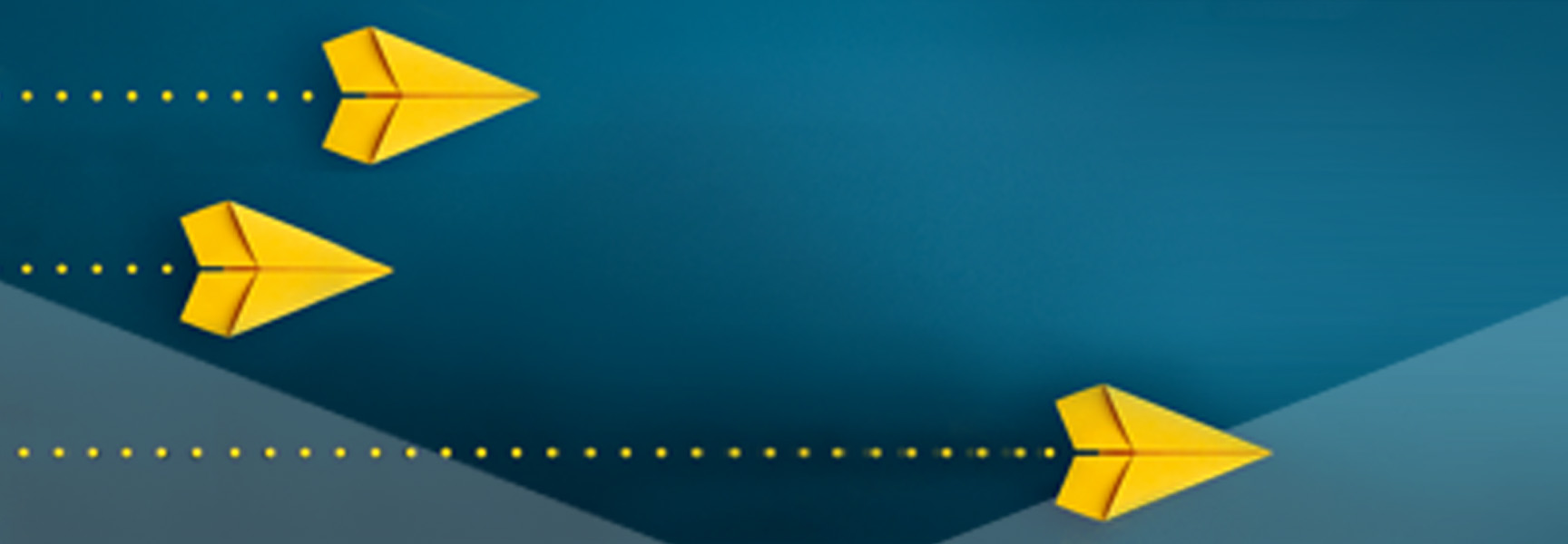Results
The data revealed a positive impact on commitment, achievement, and results.
Industry
Life sciences and healthcare
Problem space
Sales team motivation
Services
Contests and incentives
Communications
Technology
GoalQuest®
Rev up to drive sales
A medical technology company faced many challenges stemming from product supply chain shortages. They were launching an important product in the coming year, so they asked us to help find a way to get the sales reps to pay attention to this new release and make it top of mind.
They wanted to challenge their independent sales reps to increase their performance above historical baselines across all rep categories with specific attention on moving the middle performers.
Turn on the jets
We designed and implemented a three-month incentive structure using our proprietary GoalQuest® rules structure. The audience was segmented into five groups based on prior sales performance, creating relevant personal goals that were both ambitious and attainable. Each sales rep was then provided with three different levels of growth goals to choose from. If the rep achieved the goal they selected, they earned. If they did not, they were not rewarded.
Each goal level provided more incremental lift as well as a higher level of rewards. Participants needed to weigh their risk versus reward and how high they wanted to try to push their achievement and overall growth.
Mission accomplished
- 76% of reps selected goals above the baseline
- 44% of reps committed to the top growth goal
- 72% of reps achieve their goal
- 22% incremental lift in revenue (7.2:1 return on investment (ROI))
Thought Leadership
Learn from the best. BIW thought leaders bring you a deeper look at the business of inspiration.
-

Article
How merchandise inspires action and strengthens brands
It’s important to take a strategic approach to merchandise and awards, ensuring that every award serves a purpose, reinforces action, tells a story, and creates lasting connections between the recipient and the brand. Incentives only work when they inspire action. Whether engaging employees, customers, or partners, the first question to ask is, “What’s in it […]
-

Article
Employee recognition’s impact on business results
We want to know your big goals. Are you trying to launch a new product while phasing out an old one? Do you need to increase your market share or double your revenue over the next five years? Maybe you want to boost your Net Promoter Score by at least 20 points. Big goals are […]
-

Article
Building customer loyalty in a click-and-swipe-world
The customer loyalty landscape has undergone significant transformations due to the speed of technological advancements, data availability, and customer expectations. Is your loyalty program keeping pace? From fragmented to holistic Today, your customers have multiple ways to connect with your brand, including email, virtual meetings, texts, web- and app–based transactions, and social media platforms. This […]



